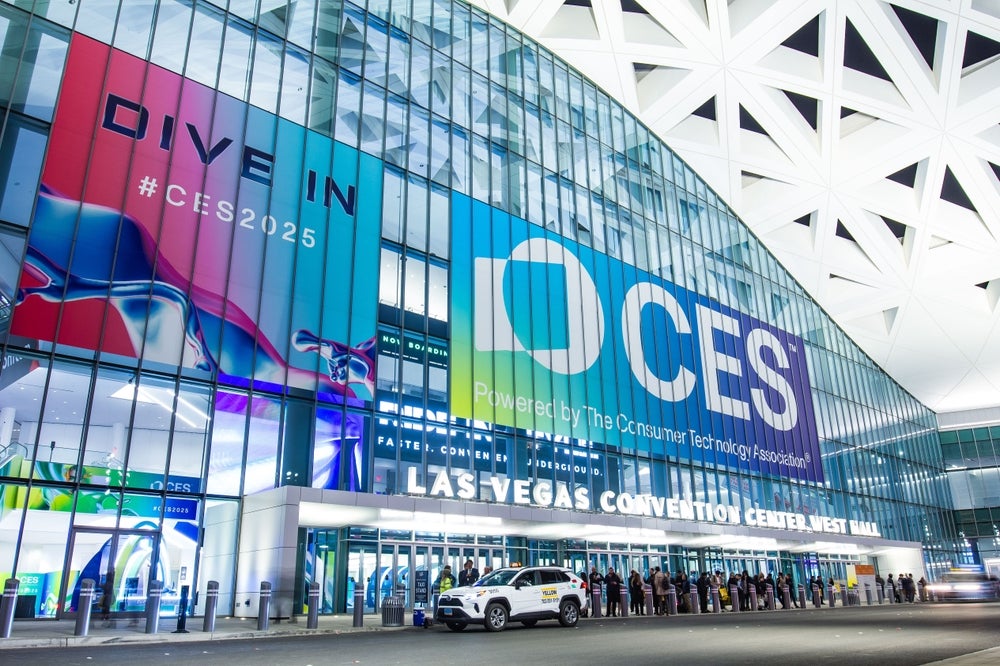
The technology industry has a skills gender gap but is this true for AI skills?
When you look at the tech landscape today, it is clear that the gender gap remains pronounced. The gender gap in STEM has long been a problem, and now it’s becoming increasingly apparent in the field of AI. With only 22% of AI and data science professionals being women, the gender gap is a significant barrier that has consequences for both social equity, and the overall effectiveness of AI technology.
How is AI impacting the technology labour market?
AI’s rise over the last year, driven by generative AI, has profound implications for the global labour market. Recent studies have shown that executives prefer candidates with AI skills over those without, even if the latter have more experience. Those who gain AI skills now stand to enjoy significant advantages in terms of opportunity, higher salaries, and shaping tomorrow’s economy.
To meet this demand, the global drive towards AI literacy is accelerating in pace, with Coursera seeing GenAI course enrollments quadruple in just a year. However, despite this growth, women are enrolling at a much slower rate than men, which poses a problem for tackling the gender imbalance that already exists in the AI industry – and empowering women to be able to access rapidly-expanding opportunities in this space.
The statistics on Coursera are telling: men represent 72% of GenAI enrolments worldwide and in the UK. You might ask why? The reasons are complex and intertwined – they could be down to societal biases, unequal access to educational resources, or a lack of targeted opportunities for women. But whatever the reasons, without addressing this imbalance, we risk perpetuating a cycle in which AI development continues to lack the vital influence of women.
What are the risks of gender imbalance in AI talent?
If AI systems are developed predominantly by any one demographic, they’re more likely to reflect and reinforce the biases and myopia of that demographic. This can lead to technologies that are both flawed and discriminatory. A lack of diverse perspectives in AI development can limit inclusivity in innovation, and may prevent us from effectively addressing the technological needs of underrepresented groups.
Secondly, an AI industry that lacks gender diversity is ill-equipped to drive the innovative thinking needed to tackle complex global challenges. A diverse AI workforce isn’t just a nice-to-have; it’s essential to fostering innovative thinking and creating solutions that are both advanced and socially responsible.
How well do you really know your competitors?
Access the most comprehensive Company Profiles on the market, powered by GlobalData. Save hours of research. Gain competitive edge.

Thank you!
Your download email will arrive shortly
Not ready to buy yet? Download a free sample
We are confident about the unique quality of our Company Profiles. However, we want you to make the most beneficial decision for your business, so we offer a free sample that you can download by submitting the below form
By GlobalDataIf men continue to develop their AI skills at a faster rate than women, while AI skills become more in demand, tomorrow’s senior AI leaders, and those best-equipped to leverage AI in other professions, are more likely to be men. This is particularly concerning given 79% of working women—compared with 58% of working men—are employed in occupations susceptible to generative AI disruption. Women cannot afford to be excluded from the global AI upskilling revolution.
So how do you suggest tackling this imbalance?
Eliminating gender bias in AI starts with prioritising gender equality as a goal in the design and development of AI systems, starting with diversifying the types of minds behind the technology. However, it also involves ensuring that we provide equitable access to learning and professional development opportunities.
A multi-pronged approach involving both the public and private sectors is required to drive this. Government schemes like the AI Upskilling fund, which will support small and medium-sized enterprises by match-funding AI skills training for their employees, is a promising start towards ensuring that funding is broadly available. But in turn, companies need to commit to fostering inclusive cultures through targeted training programmes, mentoring opportunities and supportive policies designed to encourage more women to upskill in AI.
Building a diverse AI workforce isn’t just about fairness – it’s a strategic advantage. Phaedra Boinodiris, global leader for trustworthy AI at IBM Consulting, wrote that “well over 70% of the effort in creating models is curating the right data”, and hiring the right people to gather representative data is critical. Given that “AI systems can exacerbate inequity just as much as they can augment human intelligence”, it’s important to be across responsible, diverse management for emerging technology.
Companies that prioritise diversity are better positioned to drive innovation and develop AI technologies that are robust, inclusive, and tailored to the diverse needs of a global population.






